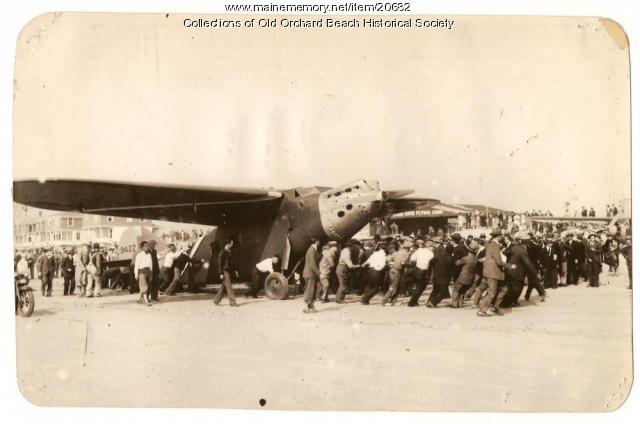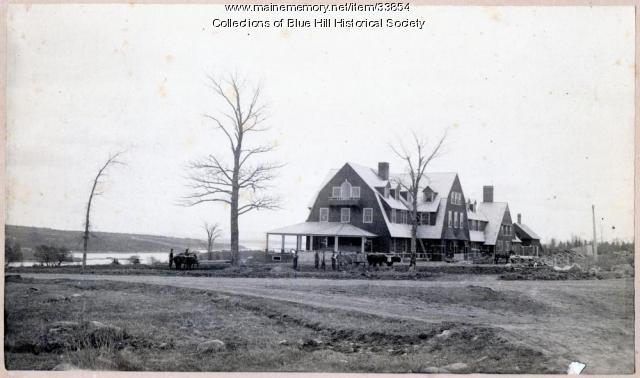Keywords: benefactor
Item 103830
Ricker Classical Institute music room, Houlton, ca. 1901
Contributed by: Aroostook County Historical and Art Museum Date: circa 1901 Location: Houlton Media: Photographic print
Item 25042
James Phinney Baxter, Portland, ca. 1890
Contributed by: Maine Historical Society Date: circa 1890 Location: Portland Media: Photographic print
Item 116605
Professor Woodruff house, Brunswick, 1906-1947
Contributed by: Maine Historical Society Date: 1906–1947 Location: Brunswick Client: Frank Edward Woodruff Architect: John Calvin Stevens and John Howard Stevens Architects
Item 111981
Waterford Library, Waterford, 1937
Contributed by: Maine Historical Society Date: 1930–1937 Location: Waterford Client: unknown Architect: John Calvin Stevens and John Howard Stevens Architects
Exhibit
George W. Hinckley and Needy Boys and Girls
George W. Hinckley wanted to help needy boys. The farm, school and home he ran for nearly sixty nears near Fairfield stressed home, religion, education, discipline, industry, and recreation.
Exhibit
Northern Threads: Mourning Fashions
A themed exhibit vignette within "Northern Threads Part I," featuring 18th and 19th century mourning jewelry and fashions.
Site Page
Old Orchard Beach Historical Society
View collections, facts, and contact information for this Contributing Partner.
Site Page
Blue Hill, Maine - Discover the Story of Blue Hill - Page 3 of 4
"… Blue Hill The 20th Century Brings New People, Benefactors, and Cultures to Town At a commemorative clambake in 1886, Captain R.G.F."
Lesson Plan
Longfellow Studies: "The Jewish Cemetery at Newport"
Grade Level: 6-8, 9-12
Content Area: English Language Arts, Social Studies
Longfellow's poem "The Jewish Cemetery at Newport" opens up the issue of the earliest history of the Jews in America, and the significant roles they played as businessmen and later benefactors to the greater community. The history of the building itself is notable in terms of early American architecture, its having been designed, apparently gratis, by the most noted architect of the day. Furthermore, the poem traces the history of Newport as kind of a microcosm of New England commercial cities before the industrialization boom. For almost any age student the poem could be used to open up interest in local cemeteries, which are almost always a wealth of curiousities and history. Longfellow and his friends enjoyed exploring cemeteries, and today our little local cemeteries can be used to teach little local histories and parts of the big picture as well.
Henry Wadsworth Longfellow visited the Jewish cemetery in Newport, RI on July 9, 1852. His popular poem about the site, published two years later, was certainly a sympathetic portrayal of the place and its people. In addition to Victorian romantic musings about the "Hebrews in their graves," Longfellow includes in this poem references to the historic persecution of the Jews, as well as very specific references to their religious practices.
Since the cemetery and the nearby synagogue were restored and protected with an infusion of funding just a couple years after Longfellow's visit, and later a congregation again assembled, his gloomy predictions about the place proved false (never mind the conclusion of the poem, "And the dead nations never rise again!"). Nevertheless, it is a fascinating poem, and an interesting window into the history of the nation's oldest extant synagogue.











